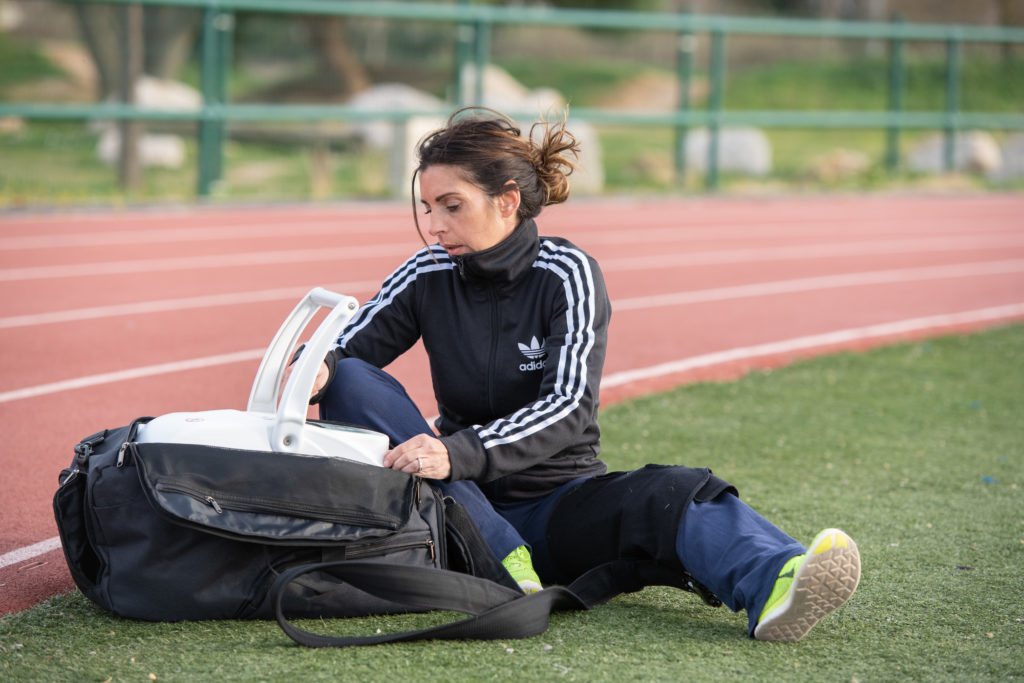A Solution for Athletes
Compressive cryotherapy is clinically proven to shorten recovery time. Athletes around the world uses it to reduce inflammation after training. Injuries and surgical procedures are unfortunately too often part of high-level athletes’ lives and compressive cryotherapy is part of a successful recovery process.

"All our players use the First to recover faster"
John Doe – General Manager of Teams
Committed to Faster Recovery
Over the years, Cryotis has supplied professional sports team with Cryotherapy solutions. Our flagship line, Ice Compression, is currently used by multiple teams and sports associations. The RICE (Rest, Ice, Compression, and Elevation) method has been the gold standard after an injury or inflammation happens for many years. The Ice Compression solutions simply offer controlled compression and temperature for specific injured limbs or joints.
Effective Post-Injury Management
Compressive cryotherapy is an essential adjuvant to the protocol of management in patient surgery following injuries. This medical treatment meets the requirements of the operating theatre concerning the care in cryotherapy and this, until the exit of the patient. It is recommended to use a constant pressure in the recovery room to limit bleeding and dynamic pressure in the patient room to promote the resorption of edema. The treatment can continue at home with the portable Moove device. Cryotherapy is a significant aid to pain management, accelerates the healing process and promotes a better range of motion.
How Compressive Cryotherapy Works
Cryotherapy reduces the nerve conduction speed and reduces inflammation. A specific temperature will yield better results for specific indications. In opposition to simply putting ice, combining cryotherapy and compression results in effects for both superficial and deep tissues. Pressure enables deeper penetration of tissues while precise control over temperature prevent damaging superficial tissues.
Antalgic Effect
Cryotherapy slows down nervous conduction when the skin temperature reaches 15°C (59°F) or below. The Ice Compression solutions include a temperature probe that ensures that the adequate temperature is reached but that skin or nerve damage does not happen. Cryotherapy also capitalizes on the gate control effect, a theory that describes that painless sensations close the nerve “gates” to painful sensations. In order words, applying cold to a painful area will result in nerves feeling the painless cold and less the pain caused by the injury.
Myorelaxant Effect
Cryotherapy reduces muscle spasticity (unwanted contraction of a muscle) by relaxing the muscle. This effect can also lead to an increase in muscle resistance of 13% to 33%.
Vasomotor Effect
Sensory receptors are sensitive to two phenomena: temperature variations and pressure variations. The combination of cold and pressure therapies causes vasoconstriction followed by a reflex vasodilation that helps to drain the edemas. Studies have shown that compressive cryotherapy can cause a cutaneous vasodilation of up to 117% after only 20 seconds while simply applying cold will only provide 80% after 20 minutes.
Anti-inflammatory Effect
The thermal shock generated by cryotherapy greatly reduces enzymes causing inflammation. Cold causes an instantaneous and durable stop to the inflammation process.
